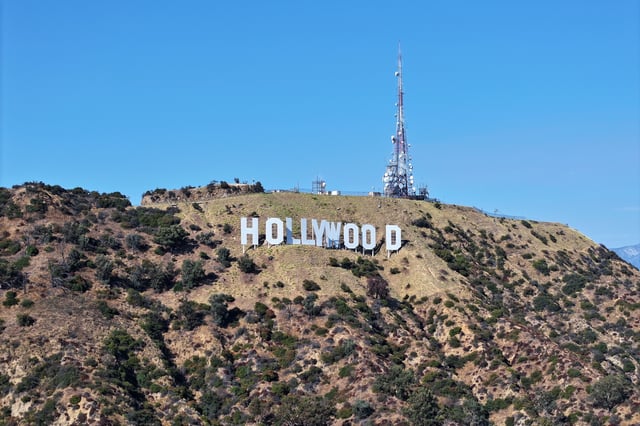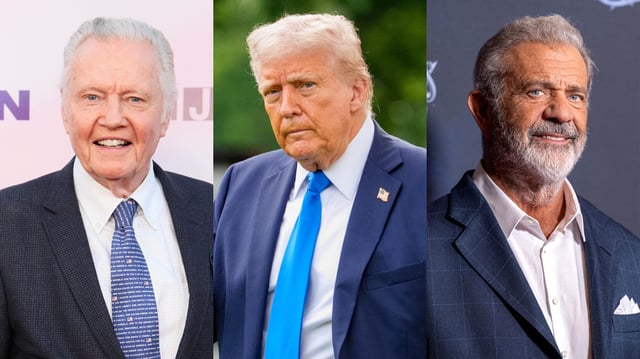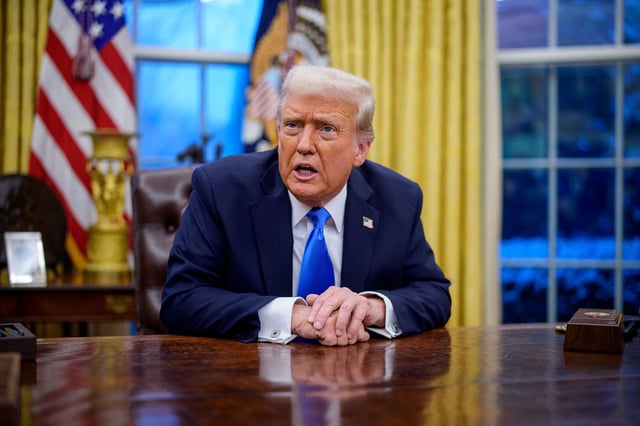Overview
- President Trump proposed a 100% tariff on foreign-produced films to revive U.S. movie production, marking the administration's first tariff targeting services rather than goods.
- Critics argue that high U.S. labor costs and the lack of domestic tax incentives are the real drivers of production moving abroad, not foreign competition alone.
- Indian filmmakers warn that the tariff could make theatrical releases in the U.S. unfeasible, pushing films directly to digital platforms and disrupting Indo-American co-productions.
- Industry experts believe the tariff could backfire, further incentivizing Hollywood studios to increase overseas production rather than bringing jobs back to the United States.
- Policymakers, including California Governor Gavin Newsom, are advocating for federal tax credits and investment in domestic filmmaking infrastructure as more effective alternatives.



